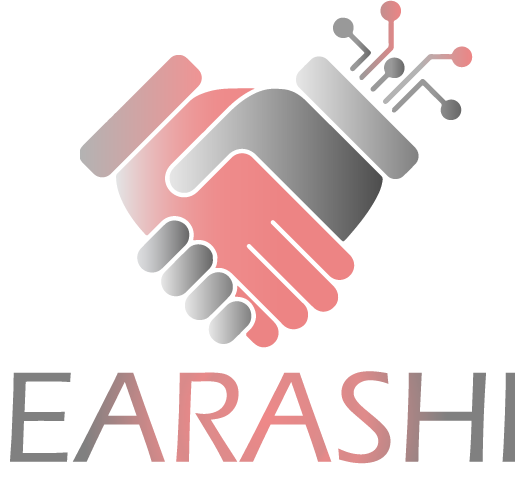The RIC platform enables fast integration and deployment of novel mechatronic applications. Within this platform tools and libraries that allow interfacing with various robots can be found (KUKA, UR, etc.). These robots can then communicate with the heterogeneous technologies and systems through the ROS/ROS 2 middleware layer over both wired and wireless physical communication layers. On top of this, APIs and OS images are available for creating real-time (RT) compliant controls and applications within the platform.
Over these core components, implementations are also available of deep learning and collaborative control algorithms for mobile and static robotic manipulators. These algorithms are based on developments in paradigms such as artificial potential fields (APFs), deep reinforcement learning control (Deep RLC), and both classic and artificial intelligence-based computer vision. For the virtual validation of the applications simulation support packages are also available for the Gazebo simulation environment. In addition, Intel offers the RealSense family of cameras consisting of stereo depth, LiDAR, tracking cameras, and facial authentication solutions, which are specially designed for application in robots as it provides wrappers for integration into ROS / ROS 2.
The platform, through the ROS and ROS 2 client libraries, allows the development of user code in C++ and Python among others. The OS used is a Linux system built around the well-known Ubuntu 20.04 LTS distribution. Supported hardware includes standard (x64) GPU-accelerated computers and the Nvidia Jetson series devices.
Among many other possible use cases, this platform could be useful in the development of mobile robotic assistants for industrial operations such as screwing and assembly. However, the flexibility of the platform allows it to be implemented in a wide range of applications involving robots.

For more information, please contact:

